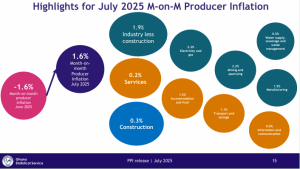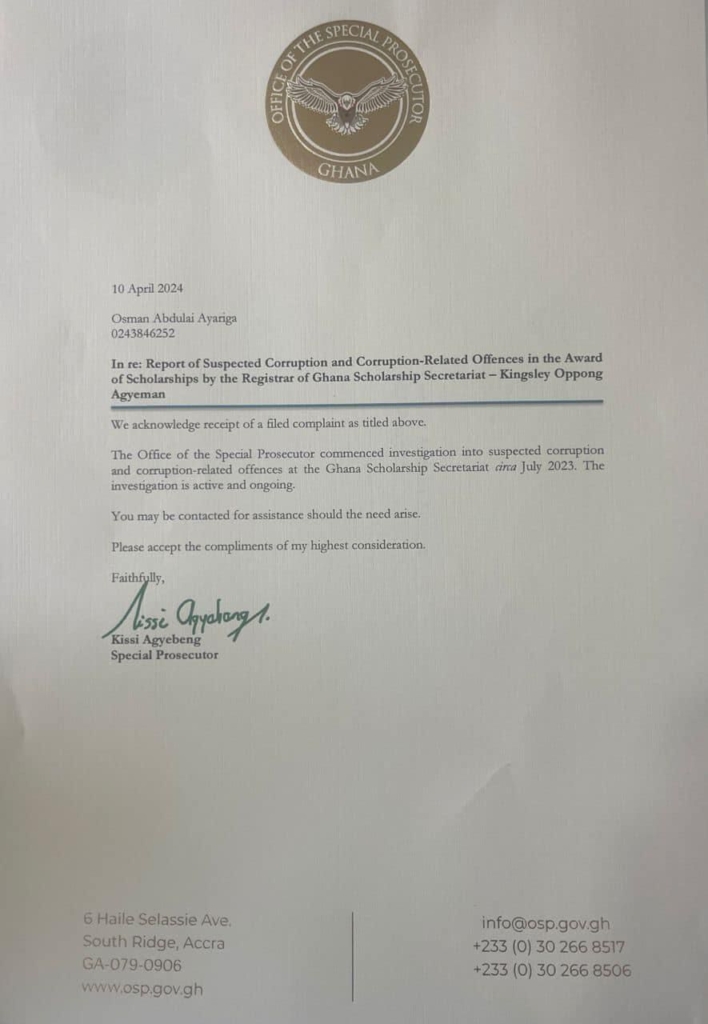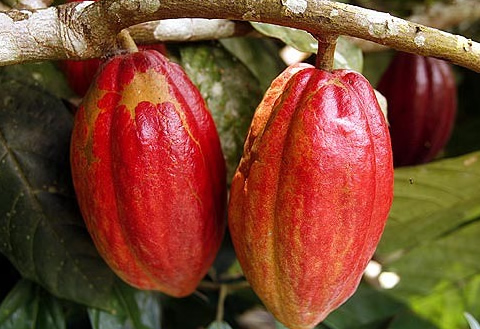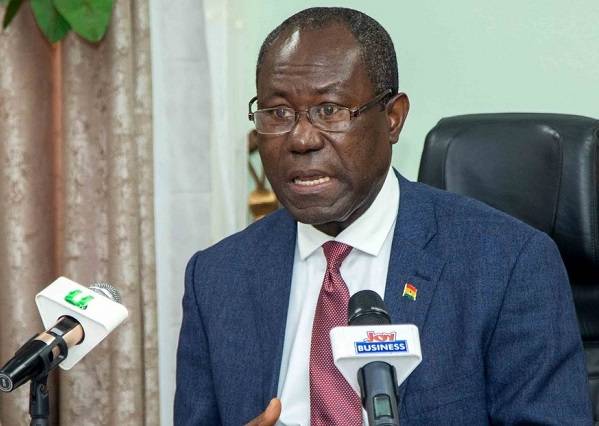
By Juliet ETEFE ([email protected])
Producer Price Inflation (PPI) recorded a significant slowdown in July 2025, easing to 3.8 percent from 5.8 percent in June according to latest figures from the Ghana Statistical Service (GSS).
This marks the lowest rate since November 2023 and extends the disinflationary trend for a sixth consecutive month.
The PPI tracks average change in prices received by domestic producers for goods and services. On a month-on-month basis, producer prices increased by 1.6 percent – indicating that while year-on-year inflation has cooled, short-term price pressures remain.

Sectoral performance
The July slowdown was primarily driven by steep disinflation in the two largest sectors – mining & quarrying and manufacturing – which together account for nearly 79 percent of the index.
Mining and quarrying, which carry the heaviest weight of 43.7 percent, saw inflation ease from 6.5 percent in June to 4.6 percent in July… a decline of 1.9 percentage points.
Manufacturing – representing 35 percent of the PPI basket – fell even more sharply from 7.2 percent to 3.6 percent, shaving off 3.6 percentage points.
The electricity and gas sector bucked the general trend, climbing from 5.1 percent in June to 6.7 percent in July; making it the largest contributor to upward price pressures. Similarly, water supply, sewerage and waste management rose slightly from 3.6 percent to 4.1 percent.
The construction sector posted annual inflation of 5.3 percent, down marginally from 6.0 percent in June. Within this sub-sector, civil engineering activities recorded the highest inflation at 11.7 percent while building construction posted deflation of -8.3 percent.
Meanwhile, the services sector continued to exhibit weak price growth at just 0.5 percent year-on-year, down from 0.7 percent in June. Transportation and storage remained in deep deflation, sliding further from -7.0 percent to -8.1 percent. Accommodation and food services stayed unchanged at -2.7 percent, while information and communication maintained a modest 2.6 percent.
Sub-sector highlights
A closer look at sub-sector data underscores the mixed picture within Ghana’s industrial economy.
In manufacturing, inflation was unevenly spread. While some industries such as the manufacture of motor vehicles (35.8%), leather products (33.2%) and textiles (24.8%) recorded steep price rises, others such as wood products (-13.5%), refined petroleum (-12.6%) and basic metals (-9.3%) saw significant price declines.
Within mining and quarrying, support service activities posted the highest inflation at 53.8 percent whereas crude oil and natural gas extraction continued to contract, recording -28.1 percent. Metal ore mining inflation slipped slightly to 33.1 percent from 33.6 percent in June.
For services, air transport prices surged 23.0 percent while land transport recorded 7.1 percent. By contrast, accommodation services contracted by -4.9 percent even as food and beverage service activities rose by 10.8 percent.
Outlook
The latest release suggests that Ghana’s producer inflation has entered a period of relative stability, though sectoral disparities remain pronounced. The continued decline in mining and manufacturing inflation has been pivotal in driving the broader slowdown.
Government Statistician Dr. Alhassan Iddrisu noted that if the cost savings from falling producer prices are transmitted to consumers “we could see real relief at the retail level”, particularly in areas such as transport and energy where consumer spending is most sensitive.
He advised that: “For businesses, rethink pricing and renegotiate smartly. Falling costs bring opportunity but tighter margins, too. Stay ahead by innovating, not just adjusting prices.
“For government, lock in stability, boost production and support key sectors like mining and manufacturing with smart incentives to drive demand, protect jobs and keep the momentum strong.
“For households and consumers, watch prices closely. If producer costs are falling, retail prices should too – all else remaining constant. Buy smart, question markups and support brands that pass on savings.”
With July’s figure marking the lowest PPI since November 2023, the disinflationary trajectory provides some optimism for the broader economy. Nonetheless, the divergent sectoral trends highlight a need for careful monitoring. If declining costs in key sectors are effectively transmitted through the value chain, consumers could experience further respite in the months ahead.
The post Producer price inflation slows to 3.8% in July, lowest since Nov 2023 appeared first on The Business & Financial Times.
Read Full Story


















Facebook
Twitter
Pinterest
Instagram
Google+
YouTube
LinkedIn
RSS